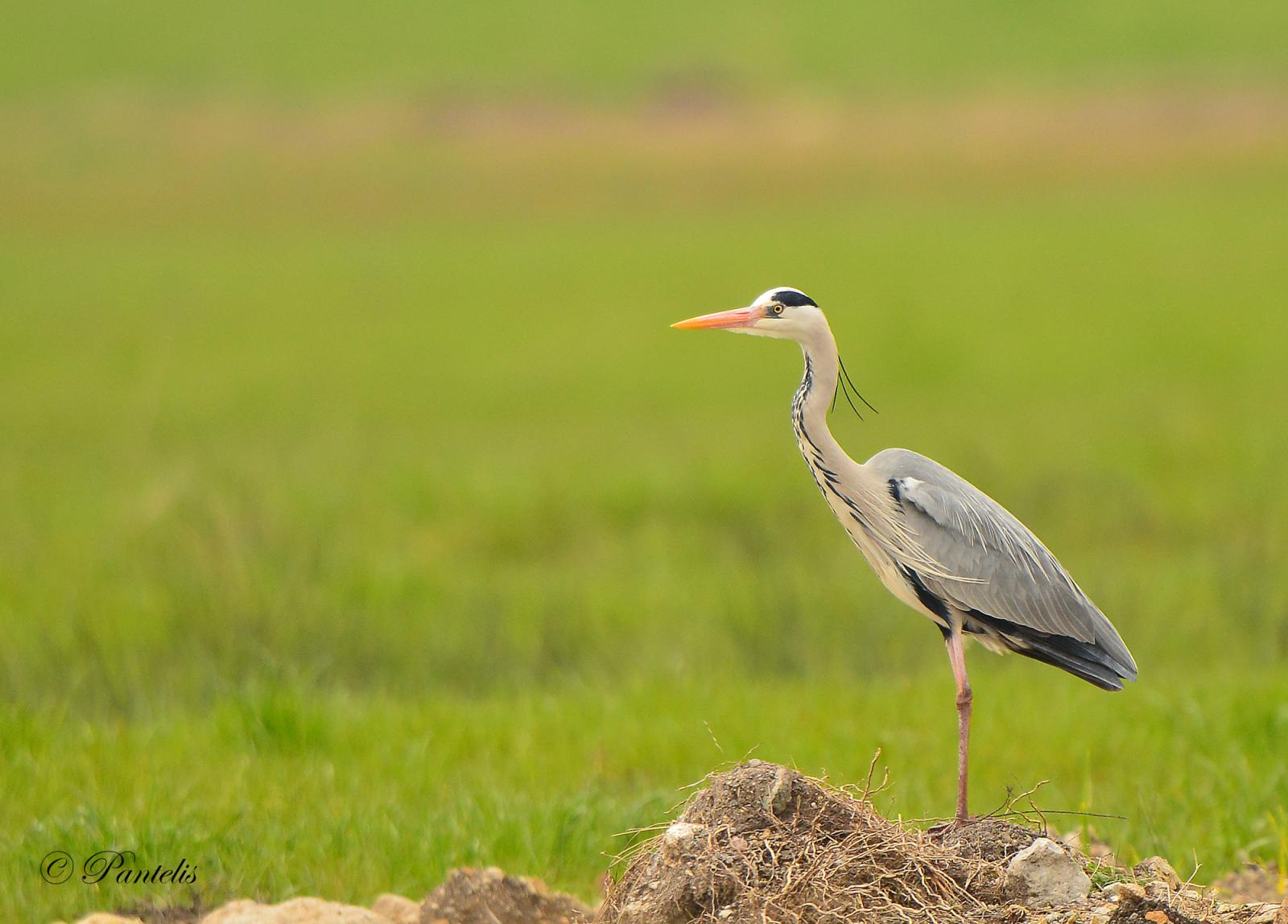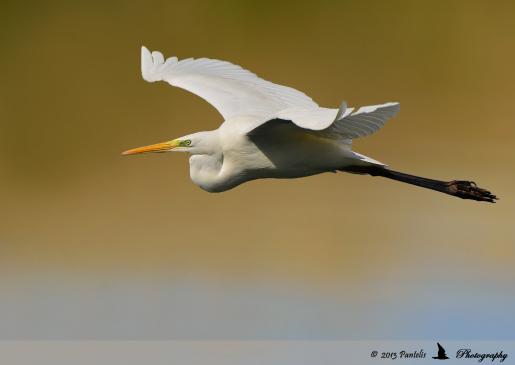Identification
The Grey heron, at first impression, is a grey bird, with a large wingspan, and a slow steady flight. At rest we shall see its high legs and, sometimes, its long neck, which it often keeps folded on its breast when at rest. The neck and underparts are white with black or grey lines, and adults have a distinct black band running from the eye to the back of the head, and for the breeding season long black feathers grow there. Sexes identical.
Distribution - Habitat
A species that spreads to the larger parts of Europe, Africa and Asia. Its populations in Eastern Europe and Central Asia are migratory towards the southernmost regions of these continents. It breeds in our country in the wetlands of northern and north-western Greece.
Interesting Information
- It feeds on fish, crustaceans (crabs), amphibians, reptiles (water snakes and juvenile water turtles), small mammals, large aquatic insects and water birds. Also, to a lesser extent, plant material and carrion.
- Although its population is not threatened and is even thought to be increasing in Europe, in the past (mid-20th century) it has suffered great displacement and losses.



